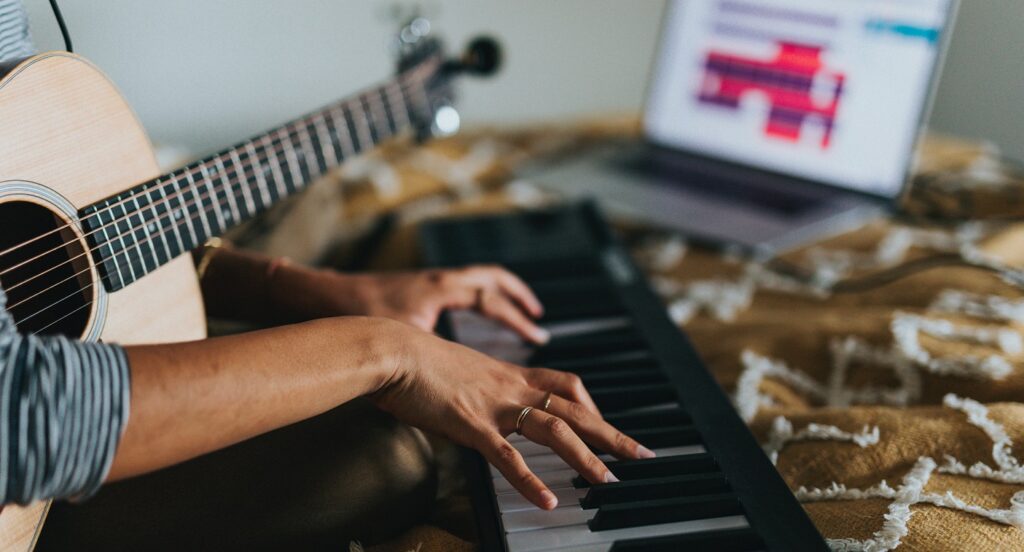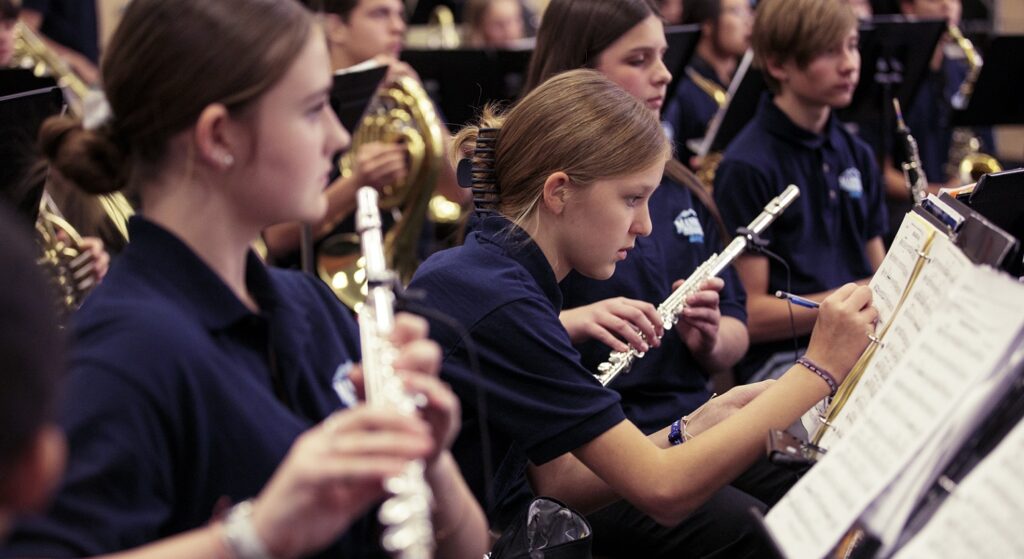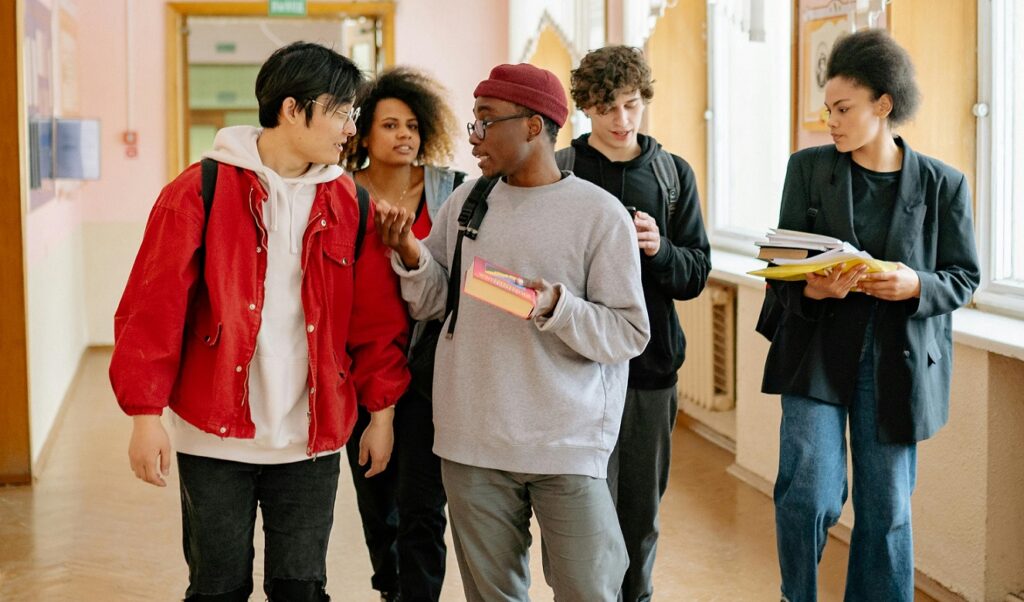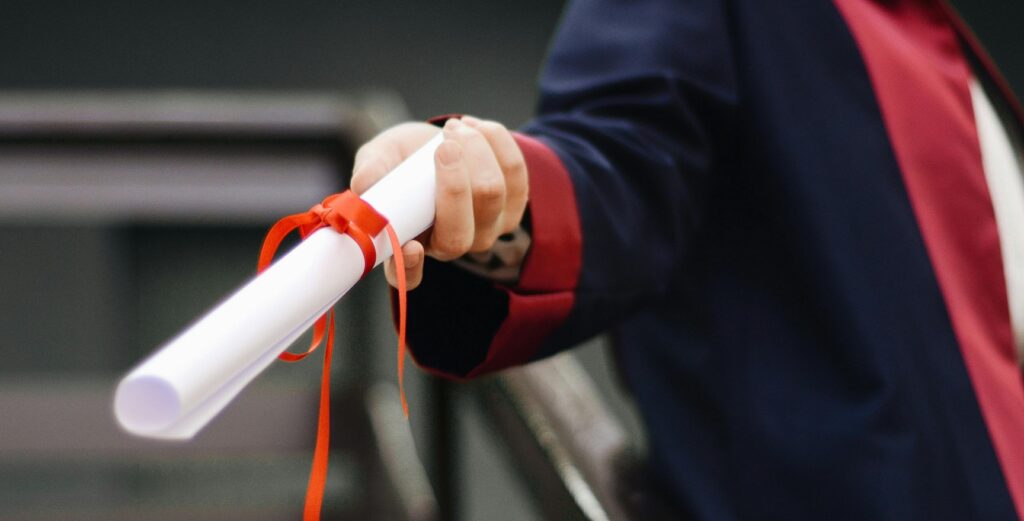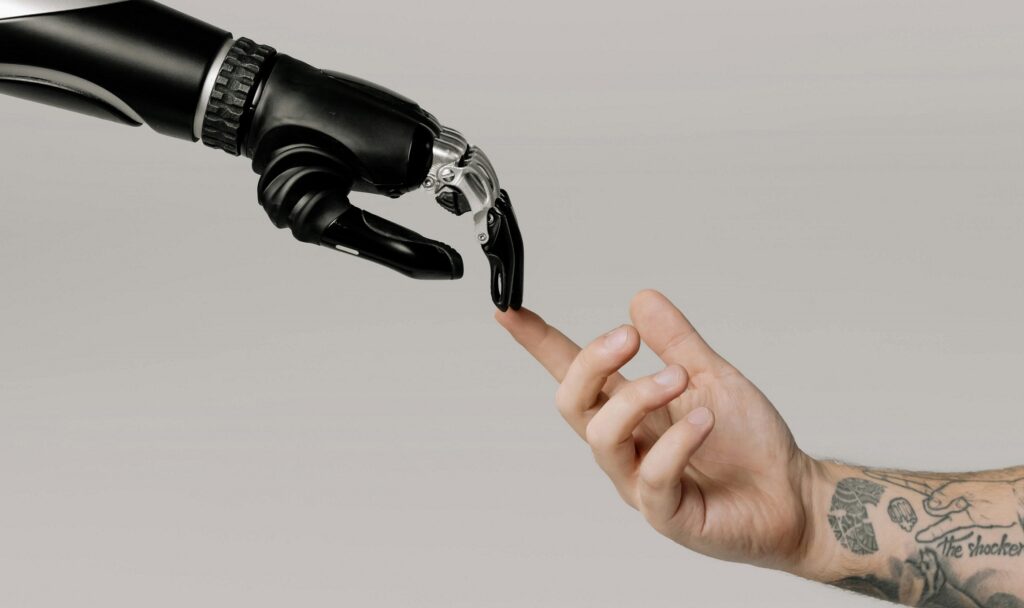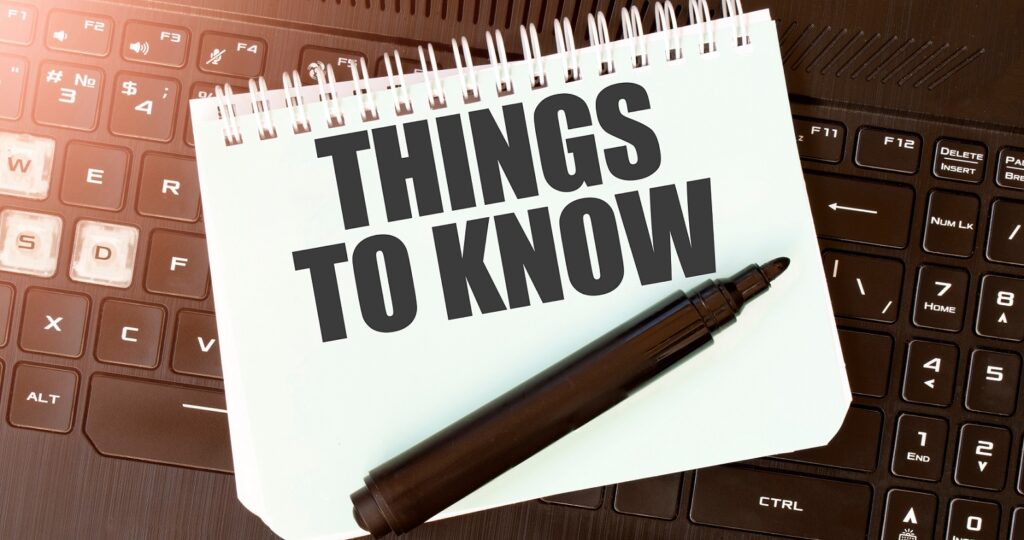Tagged Under:
Neurodivergence and Music: My Experience
People whose brain works differently often experience sounds, including music, in unique ways.
As a neurodivergent person, I experience sound differently than other people. I was born with hyperacusis. Sounds that are at a normal volume to most people sometimes seem extremely loud and distorted to me. As a child, I used to hide under the table when my parents took me to restaurants where live musicians performed.
Neurodivergent people often experience sounds, including music, differently. While this can pose a certain advantage in the creative sense, it can also result in feeling inundated and overwhelmed.
THE YAMAHA EDUCATOR NEWSLETTER: Join to receive a round-up of our latest articles and programs!
What is Neurodivergence?
People whose brain works differently are often called neurodivergent. Types of recognized neurodivergence include attention-deficit/hyperactivity disorder (ADHD), autism spectrum disorder (ASD), obsessive-compulsive disorder (OCD) and more. People can be neurodivergent without having a specific diagnosis or disorder.
To me, neurodivergence is like running on a different operating system. Some of us are Macs, and others are PCs. Unfortunately for Mac users (neurodivergents), most of the world is set up under the PC operating system. It’s not something that needs to be fixed, it’s just different.
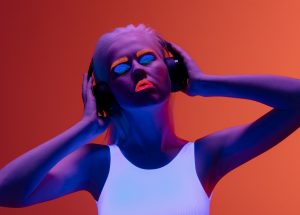 Neurodivergent individuals often need accommodations — such as noise-reducing headphones or fidget spinners for stimulation — to make their experience in public settings like schools more positive.
Neurodivergent individuals often need accommodations — such as noise-reducing headphones or fidget spinners for stimulation — to make their experience in public settings like schools more positive.
Synesthesia
Another example of neurodivergence is synesthesia, when one of your senses is combined with another. Less than .5% of all people have synesthesia, and not all synesthetes have experiences that are related to sound. However, many synesthetes have a unique relationship to music. For example, some can see the different colors in music (tone-color synesthesia), taste sounds (Lexical-gustatory synesthesia) or see shapes and washes of color from music (chromesthesia).
8D Audio
You may have heard of 8D audio — which tricks your brain into thinking it’s in a larger space — from TikTok videos. These recordings aren’t an accurate test for neurodivergence, but neurodivergent individuals may experience them differently. Some say that the music is “bouncing around” inside of their heads. Others say 8D audio makes them feel as if they are surrounded by sound as if they’re inside a music venue.
People with ADHD, ASD, and others with neurodivergence find 8D audio to be particularly riveting, myself included. Some recent research has also suggested that listening to 8D audio helps those with anxiety focus and relax. Here is an example of 8D audio (be sure to listen with headphones so you can get the full breadth of experience).
Tips for Accommodating Neurodivergence in the Classroom
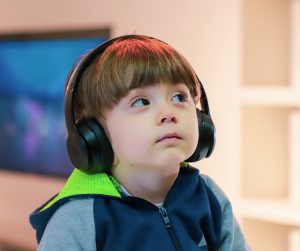 Just because a sound isn’t loud to you, doesn’t mean it isn’t perceived as loud to others. Sometimes neurodivergent students need more stimulation in order to focus in music class. Here are some simple ways to accommodate your neurodiverse classroom:
Just because a sound isn’t loud to you, doesn’t mean it isn’t perceived as loud to others. Sometimes neurodivergent students need more stimulation in order to focus in music class. Here are some simple ways to accommodate your neurodiverse classroom:
- Have earplugs and noise-canceling headphones available to your students.
- Leave a safe space for students to distance themselves from noise.
- Allow frequent, short breaks for those who appear overwhelmed (drinks at the water fountain, short walks with an aide).
- Have small fidgets in a basket for those who need a different kind of stimulation (squishy toys, pop-its, etc.).
If your school has access to weighted items, such as vests or blankets, keep one in your classroom. Many educational experts also recommend incorporating something called universal design for learning (UDL) into your lessons. This framework is based on neuroscience and aids students with different learning styles and preferences. Some examples of UDL include multi-sensory lessons, student-led learning, flexible assessments and providing multiple ways for a student to interact with a lesson’s material. While this takes a little more planning, UDL can be very helpful for your students and you.
Tips for Neurodivergent Music Teachers
It can be easy to become overwhelmed with the sounds of a music classroom. I love teaching music, but sometimes, it can feel overstimulating. Unfortunately, teachers can’t crawl under a weighted blanket when the music gets too loud! However, there are some subtle things can do to keep ourselves more present and to prevent overstimulation.
Invest in musician-grade earplugs: If you find yourself feeling frequently overwhelmed with sound, try noise-reduction earbuds. They will reduce the level of sound evenly throughout the spectrum of highs, mids and lows without sacrificing clarity. Many of these earbuds are discreet and clear — my co-workers never noticed me wearing them — and they took away a lot of my noise-induced stress.
 Normalize fidgets and sensory tools, starting with yourself: About halfway through my first year of teaching K-2 music, I had an epiphany. I, too, could use the stress balls that I had on my desk for my students! To be honest, I was afraid that my elementary schoolers would laugh at me. But I explained, “Sometimes Miss F gets overwhelmed, too” while I squeezed a stress ball or used sensory items. This simple statement normalized the tools on my desk, encouraged conversations about sensory tools, and helped my students take them more seriously. While it might be embarrassing at first, it helps everyone get what they need in the long run.
Normalize fidgets and sensory tools, starting with yourself: About halfway through my first year of teaching K-2 music, I had an epiphany. I, too, could use the stress balls that I had on my desk for my students! To be honest, I was afraid that my elementary schoolers would laugh at me. But I explained, “Sometimes Miss F gets overwhelmed, too” while I squeezed a stress ball or used sensory items. This simple statement normalized the tools on my desk, encouraged conversations about sensory tools, and helped my students take them more seriously. While it might be embarrassing at first, it helps everyone get what they need in the long run.
Don’t linger on activities: Moving from sit-down activities such as music sculptures or solfege exercises to up-and-moving lessons like line dances will help you and your students stay regulated. I’ve found that if I linger on one activity for too long, students get fidgety and I feel drained. Too much of one type of lesson plan can make the energy in your classroom go wonky.
Be Aware of Differences
All neurodivergent folks don’t experience sounds in the same way, but I hope these facts and tips from a neurodivergent music teacher will help you better understand your students and make informed decisions in the classroom. Just remember, some of us are operating PCs, while others of are operating MACs. Happy inclusive music-making!










